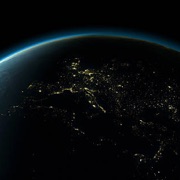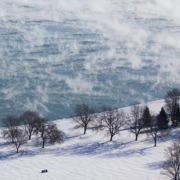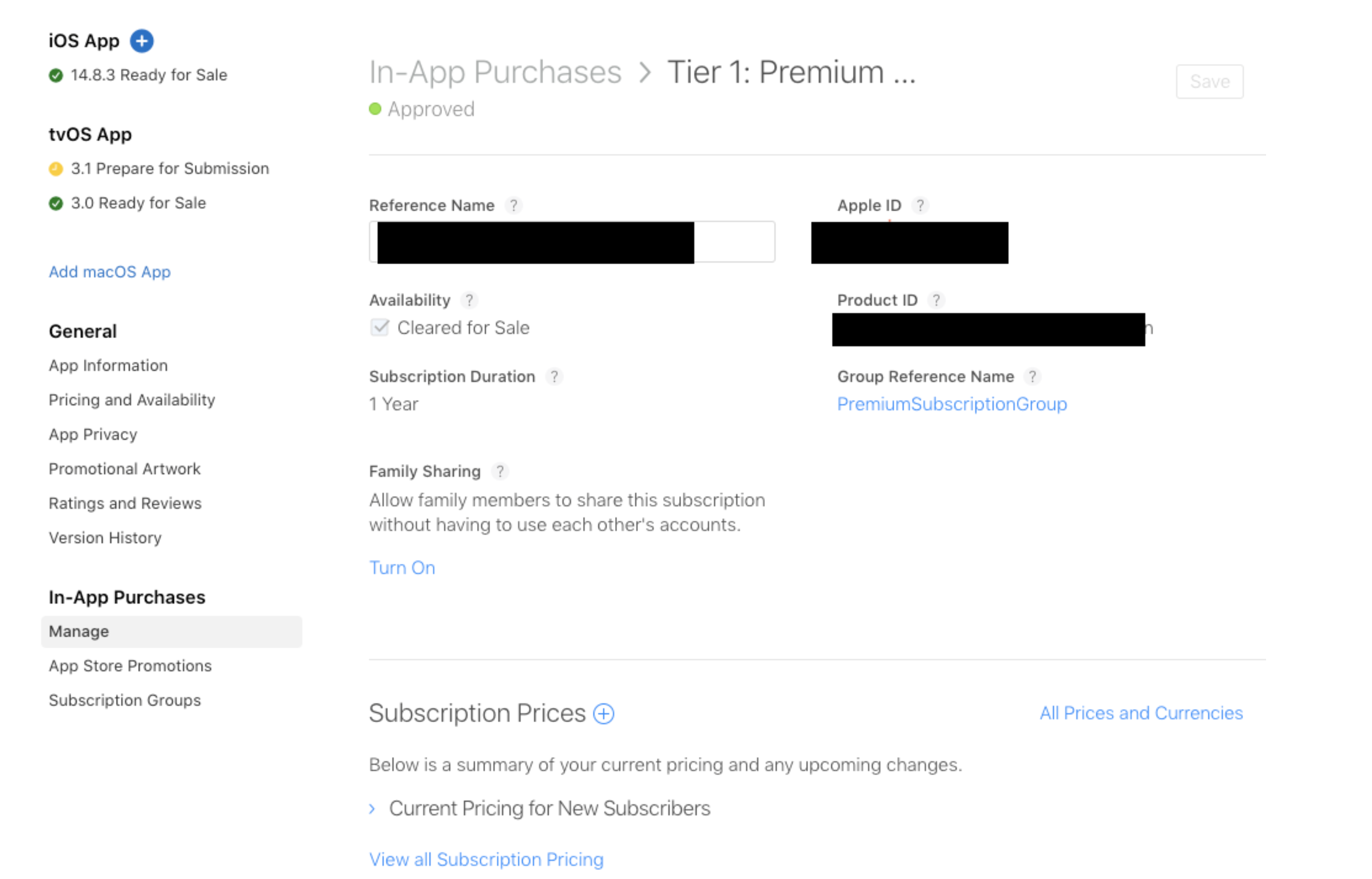AccuWeather meteorologists are available 24/7 to provide further insights and updates on evolving weather conditions. Please contact pr@accuweather.com during regular business hours, or support@accuweather.com or call AccuWeather’s Media Hotline at (814)-235-8710 at any time to arrange interviews with AccuWeather experts or to request the most updated graphics for print or broadcast.
Fire risk on the rise across the Northeast and mid-Atlantic amid record dry spell
Oct. 23, 2024
|
|
> Moderate risk of wildfires across parts of the Northeast and mid-Atlantic this week
> Fall foliage being impacted by dry conditions with leaves falling earlier in some areas; dry leaves can increase the fire risk > Areas of extreme and exceptional drought expanding in parts of Pennsylvania, Maryland, West Virginia and Ohio |
|
AccuWeather Global Weather Center – Oct. 23, 2024

“It has been bone-dry across much of the country for the past 30 days,” said AccuWeather Chief On-Air Meteorologist Bernie Rayno. “We saw excessive rainfall in parts of the Southeast, Florida and the Carolinas from hurricanes Helene and Milton. There was also plenty of rain in parts of New Mexico and Colorado from an upper low. That’s been it. The rest of the country has been very dry. We are seeing fronts moving across the country from west to east, but they’re moisture starved.”
AccuWeather expert meteorologists say there is a risk of wildfires this week across parts of 46 of the 48 contiguous states. The only states not included on the map facing an elevated risk of wildfires are Arizona and Maine.
More than two dozen daily record-high temperatures were shattered in the Northeast so far this week. The Interstate 95 corridor from New York City to Philadelphia and Washington, D.C., has been remarkably dry.
"The first three weeks of October have been among the driest on record for the highly populated New York to Philadelphia area. We are concerned about the wildfire danger in this area this fall,” said AccuWeather On-Air Broadcaster Geoff Cornish, who also serves as a volunteer firefighter. "It is becoming increasingly likely that some locations in this area may go through their first-ever October without any measurable rain.”
The driest Octobers in Philadelphia history were 1924 and 1963, when only 0.09 of an inch of rain was recorded while New York City's Central Park logged just 0.14 of an inch in 1963.
In addition to New York City and Philadelphia, it has been weeks since measurable rain has fallen in Islip, New York; Allentown, Pennsylvania; and Trenton and Atlantic City, New Jersey. Since Aug. 20, Islip, located on central Long Island, has received only 0.40 of an inch of rain, compared to a historical average of 7 inches.
“This has been the driest three-month stretch on record for Philadelphia, as well as Hartford, Connecticut; Newark, New Jersey; Allentown, Pennsylvania; and Wilmington, Delaware,” said Rayno.
The extended dry weather may be favorable for outdoor activities and fall tourism, but it’s also leading to a rapidly expanding drought in the mid-Atlantic region, tempered only by low water demands this time of year and the end of the growing season.
More than a dozen states spanning from the Ohio Valley, through the mid-Atlantic, to parts of the south are currently experiencing some degree of drought, according to the U.S. Drought Monitor.
The most intense drought covers the area from eastern West Virginia, northwestern Virginia and parts of western Maryland into south-central Pennsylvania. In certain regions, the drought conditions are so extreme that states have declared emergencies and issued various alerts.
AccuWeather expert meteorologists say the ongoing dry conditions are causing leaves to fall earlier than usual in some cases, which can impact fall tourism.
There is also an increasing risk of fires sparking and spreading, especially during windy conditions.
Cornish is encouraging people in the region to use extreme caution with lawn equipment, power tools, cigarettes, matches, grills and BBQs, as well as to follow advice similar to what many families and businesses are told in high-risk wildfire zones in the western U.S.
"People should be especially careful about avoiding open burning, especially on windy days. Those who live in forested or wooded areas should be sure to keep 'defensible space' around their home,” explained Cornish. “Clear the perimeter of their home, out several feet, of any leaves or debris or dormant vegetation. Keeping a combustible-free space around your home will give firefighters a better chance at defending your home against any wildfires, should one break out nearby."
Many areas have regulations or bans on open burning, so it’s recommended to always check local laws and regulations before lighting a fire. Cornish also urges people in areas impacted by the dry conditions to consider composting leaves, mulching or taking them to a recycling center.
AccuWeather Lead Long-Range Expert Paul Pastelok says timing is key if people must burn anything in their backyards or fields. The air contains more moisture at night and early morning, compared to the middle of the day. Winds also tend to be calmer at night.
"This time of year, the sun rises later, and there is still some vegetation and grass that holds moisture. When the temperature falls and meets the dew point, heavy dew can form," Pastelok explained. "The best times to burn are one to three hours right after sunrise and just before and after sunset."
AccuWeather Forecast Graphics






Additional AccuWeather Resources:
Record dry conditions spark wildfire fears across Northeast and mid-Atlantic
Temperature roller coaster; 'Game of chance' for showers in Northeast
Daylight saving time 2024: When do clocks fall back?















